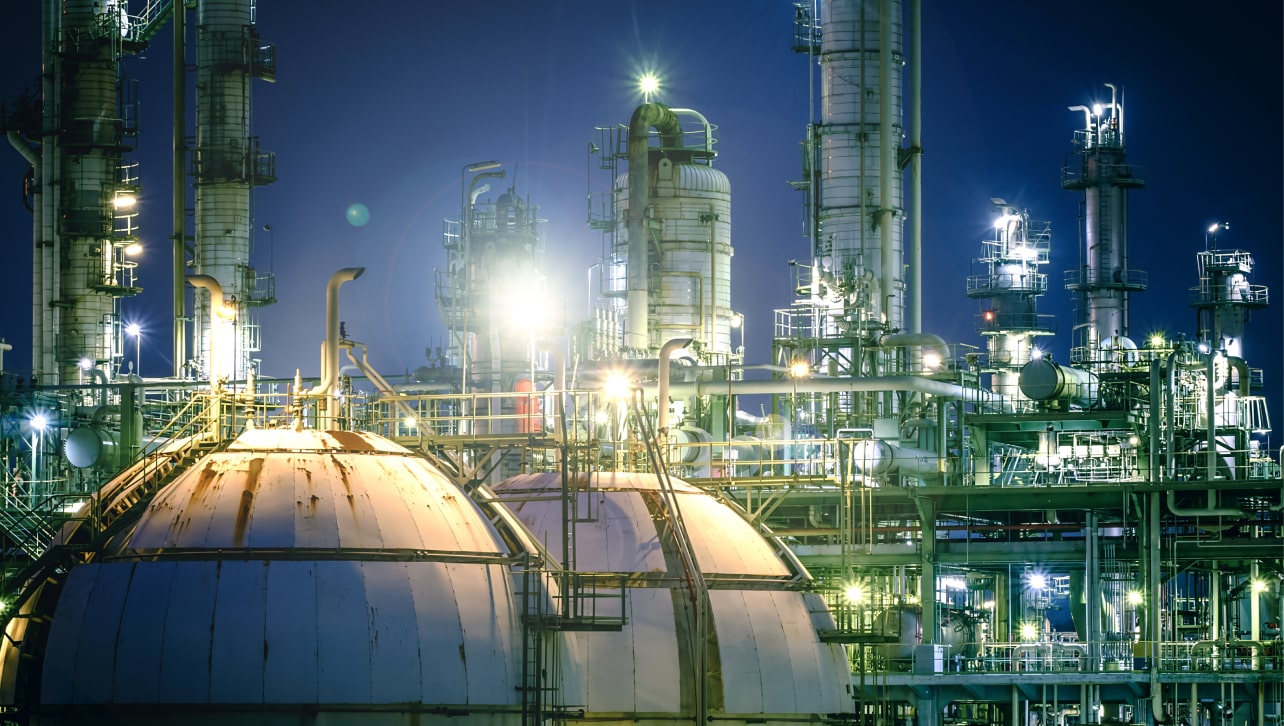Sustainable
Securing the future of food and energy production with cutting-edge technologies and solutions
Reducing the carbon footprint associated with the chemical industry is a compelling imperative, crucial for developing sustainable products to minimise environmental impact throughout their lifecycle.
Casale also promotes decarbonised ammonia as an energy carrier or fuel for power generation or marine transport and has developed practical solutions for producing carbon-free ammonia and its conversion into clean hydrogen.
Hydrogen
value chain
Hydrogen’s role is becoming critical in the eco-friendly production of essential chemicals that serve as the building blocks of our modern civilization. From green and blue fertilizers to low-carbon methanol and sustainable fuels, hydrogen enables the production of these vital resources with minimal environmental impact.
Our mission is to create innovative solutions and pathways to produce hydrogen sustainably and integrating it into processes that will define the next generation of industrial production.

In the landscape of global decarbonization, the chemical industry pursues a dual approach:
01
The first is the capture and sequestration of the CO2 as it is generated, leading to so-called “blue” products.
02
The second is to avoid CO2 generation using renewable energy and feedstocks, which is the path to “green” products.
Casale has been working for several years on developing and optimizing green and blue technologies for producing ammonia and methanol, two of the most energy-intensive chemical products responsible for the emission of large quantities of CO2.
Flexigreen®
FLEXIGREEN® is our registered trademark and represents our commitment to green production processes. With FLEXIGREEN®, we are committed to creating sustainable solutions and promoting environmentally friendly practices in the industry.
Flexiblue®
FLEXIBLUE® is our registered trademark and symbolises our commitment to industrial processes that effectively reduce emissions through carbon capture. With FLEXIBLUE®, we lead the way in environmental responsibility and contribute to a cleaner, more sustainable future.
Revamping
Existing plants are valuable assets with the potential for extended operation and continued value creation. Revamping, efficiency, productivity, and environmental improvements can be achieved quickly and at a lower cost than building new facilities.

Other
Solutions
Our R&D department is at the forefront of pioneering sustainable solutions. We are dedicated to researching and developing innovative approaches to new processes, products, and applications for ammonia, methanol, hydrogen, and fertilizer. We are committed to creating a greener and more environmentally responsible future.